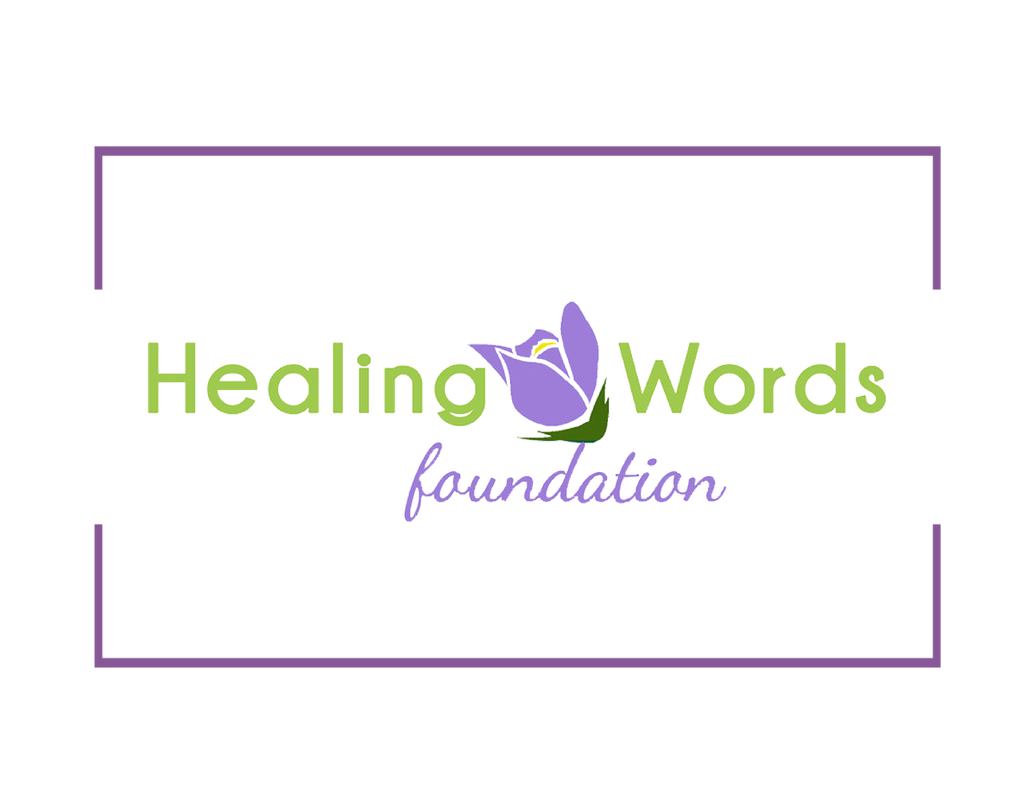|
Prairie Doc Perspective for the Week of April 9th, 2023
“I Can See Clearly Now” By Jill Kruse, DO Johnny Nash may have started his song with “I can see clearly now, the rain has gone,” but what about someone with cataracts. They cannot easily see “all the obstacles in their way”, and there are not “dark clouds that make you blind” like in the song, but cataracts do cause vision clouding. Cataracts is the name given to the clouding of the lenses in the eyes. These lenses allow light to pass through the eye to the retina, where the signal is sent to the brain so we can perceive the world around us. Common symptoms of cataracts include blurred, clouded, or dimmed vision. They can also make it more difficult to see at night or cause “halos” around lights. While anyone can develop cataracts, it is most common as people age, with over 50% of people over the age of 80 having cataracts. However, there are some infants who are born with cataracts due to genetic issues, trauma or infection prior to birth. Most commonly cataracts develop due to age related changes as the proteins and fibers that create the lenses of the eye break down or clump together causing clouding of the lenses. Because cataracts typically develop slowly over time, the effects may not be obvious until the progression is advanced. While it is common for cataracts to affect both eyes, often one eye progresses faster or is worse than the other. Cataracts can also affect different areas of the eyes. The area affected will result in different problems with vision. Cataracts affecting the center of the lenses may cause issues with reading or yellowing of vision. While cataracts at the edges of the lenses causes issues with judging distance, difficulty differentiating colors, and can cause double vision in the affected eye. The last type of cataracts is when the back of the lenses are affected reducing vision in bright light and making reading difficult. This type also tends to be faster growing than other types of cataracts. Factors that can increase the risk of developing cataracts include modifiable and unmodifiable things. Factors that you can change include excessive exposure to bright sunlight, excessive alcohol use, smoking, obesity, and prolonged use of corticosteroid medications. While age is the only truly unmodifiable factor; diabetes, previous eye injuries or surgeries, and high blood pressure can be controlled. The most common treatment for cataracts is surgery. This surgery involves removing the clouded lens and replacing it with a clear, artificial lens. Once placed, these lenses are permanently left in the eye. This is generally an outpatient surgery, meaning you do not need to spend the night in the hospital. The procedure is relatively quick with low risk of complications. Most people heal within a few weeks. Afterwards you can enjoy “that rainbow that you’ve been praying for” and enjoy every “bright, bright, sunshiny day!” Comments are closed.
|
Archives
July 2024
Categories |
 RSS Feed
RSS Feed


